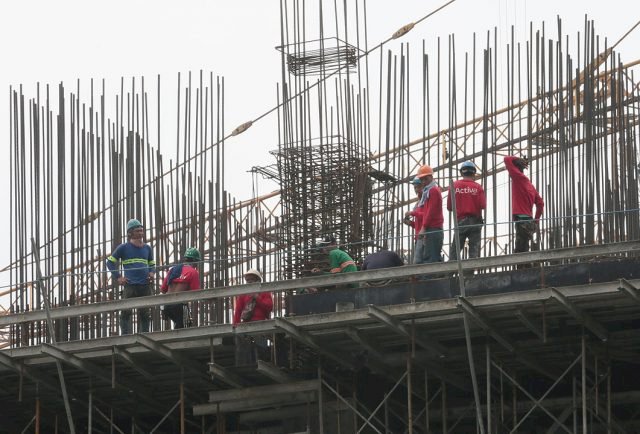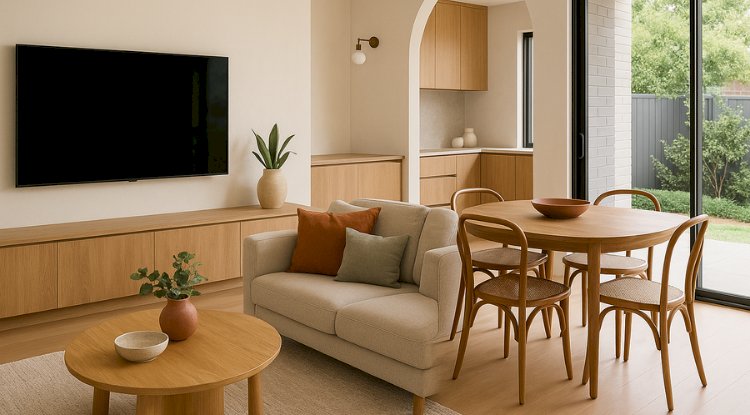Good Construction and Good Engineering: 6 Reasons Why Bad Construction Work Happens

Bad construction work happens because of the lack of knowledge about construction materials, poor mix proportions, poor site supervision, poor Labor workmanship because of the absence of essential construction trackers, lesser quality materials, lack of technical or specialized knowledge, and lack of laborers.
This article will highlight what good construction is, and the several reasons why bad construction work happens, so you’ll have a guide on what not to do when working on your construction projects.
Good Construction and Good Engineering Practices
Good Construction means the good engineering practices and other practices, methods, equipment, and procedures usually employed in engineering, design, construction, completion, and commissioning by construction contractors and that degree of skill, diligence, prudence, and foresight which would reasonably be expected to be observed by a skilled and experienced contractor engaged in carrying out activities that are generally recognized and accepted as good design, engineering, equipping, installation, construction and commissioning practices for the design, construction and improvement of capital assets in the construction industry
6 Reasons Why Bad Construction Work Happens
Using Low-Quality Materials
One of the most common causes of issues is the use of damaged and low-quality materials. To build a safe and stable structure, the type of materials used should be of high quality. These types of materials last longer and leave no room for any defect.
Poor quality building materials will not last as long as high-quality building materials, and this decreases the durability of the entire construction project. For example, if you opt for a high-quality wiremesh as a base for your concrete project, that base will be more reinforced and durable than one made with poor-quality building material. Using high-quality materials will make your construction project last longer and you’ll also know that your construction project is safer to use.
While your project can save money on the project by choosing for poor quality building materials, chances are it will cost you more in the long run. These poor-quality building materials may rust, wash out, warp, fade, break, chip, or corrode and may cause safety issues and quality issues, and it may result in warranty and repair work, which will impact your profit margins and incur even more costs.
Poor Quality Procedures
To function properly, a construction project must have a set of procedures that are documented. These procedures provide a way of ensuring that the construction work will be done correctly. There is a long list of the procedures that a construction company should document. Just to mention a few, construction company procedures should include auditing, procurement, material approval, reporting, and document control. Building quality procedures create better quality management systems that prevent construction defects.
No Quality Assurance System
The defect can sometimes be caused by a lack of quality assurance in a project or in the company. The lack of a quality assurance system can lead to losses of the financial flow of the project. An example of this is if the concrete was delivered to the site and then poured to the foundation and the concrete delivered to the site was not mixed correctly and this result in a lower quality foundation.
Therefore, there should be a system to ensure that concrete is not delivered to or taken away from the site, and the same with other construction materials. This work must be done by someone with the appropriate qualifications that is competent in this field.
No Proper Site Supervision

As a contractor, it is your job to make sure that the project is completed according to the overall project quality plan, not just rely on what your foremen or project managers tell you over the phone. A contractor ensures that the project is finished on time and that there is no loss of resources.
If the construction project is not supervised, there is a good chance that the constructors may come across a sign that something bad is happening without realizing it. A contractor should be there to discover any future defects. They should know how the materials in the design fit together.
Complicated Design or Design Complexity
Architects and designers make complex designs. A complex design takes a long time to fully understand and is more challenging to construct a building with such designs. In trying to understand the complex nature of the design, one may miss out on the important details such as the building's support. Buildings without strong pillars are more prone to structural damage.
A complicated design might be allocated a certain period to complete at a certain time, only to spend part of it going back to the design for a better understanding. Complex designs increase the complexity of the construction work that only the designer can interpret. It is crucial to keep the design easy to understand so that any user can use it.
Delayed Design Concept
Construction is a process that can be divided into different stages, including design. The design concept helps the consultant team to come up with the cost plan, planning strategy, procurement option, ability to build and construction logistics, and the outline specifications.
Before construction begins, the design concept stage must be dealt with first. It helps the consulting team understand the structural and architectural design. The contractor is chosen at the end of this stage, which is why late design concepts can lead to the wrong choice of contractor and other mistakes such as poor cost planning. Many construction defects are due to these errors.
Conclusion
The construction industry is always complex and always presents challenges to the contractors and engineers working within it. Despite the complex nature of this complex issue, there are still opportunities for progress and growth. It’s also important to source your quality materials from places with quality Toko Besi, Bahan Bangunan, dan Perkakas and make sure that you don’t compromise the quality of your project’s output.
All these sources of construction defects lead to the loss of materials, money, and work hours trying to correct the defects once they occur. Though it is hard to avoid defects or non-conformance in construction, we can minimize those if we implement the necessary rules or systems. This will lead to the quality of work and eventually prevent the potential rise of project cost or budget.
Share
What's Your Reaction?
 Like
0
Like
0
 Dislike
0
Dislike
0
 Love
0
Love
0
 Funny
0
Funny
0
 Angry
0
Angry
0
 Sad
0
Sad
0
 Wow
0
Wow
0













